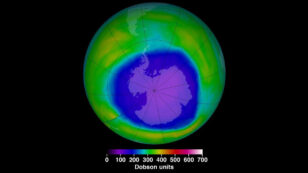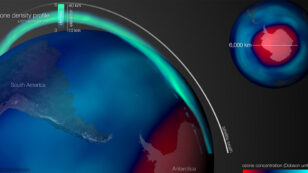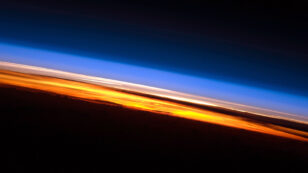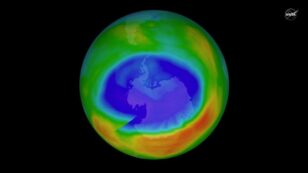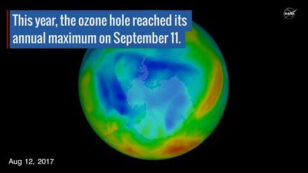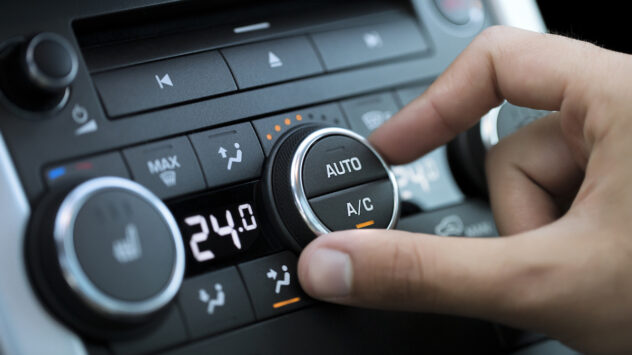
‘Ozone Friendly’ Chemicals Are Polluting the Environment
The Montreal Protocol of 1987 committed nations around the world to stop using the chlorofluorocarbons (CFC) that created a hole in the ozone layer. While it stands as one of the most effective environmental commitments the globe has seen, new research shows the side effects have been costly as chemicals dangerous to human health build […]

 233k
233k  41k
41k  Subscribe
Subscribe 
